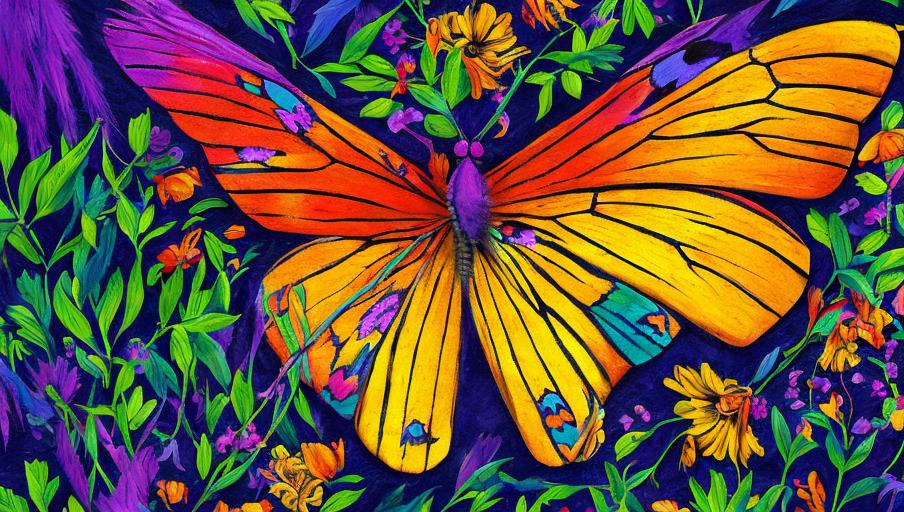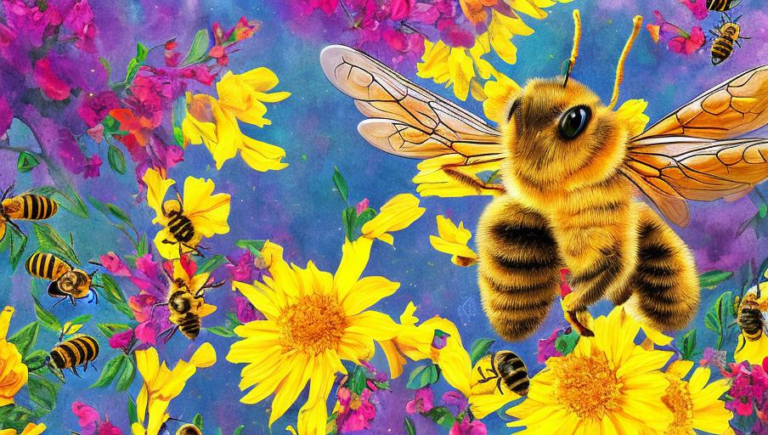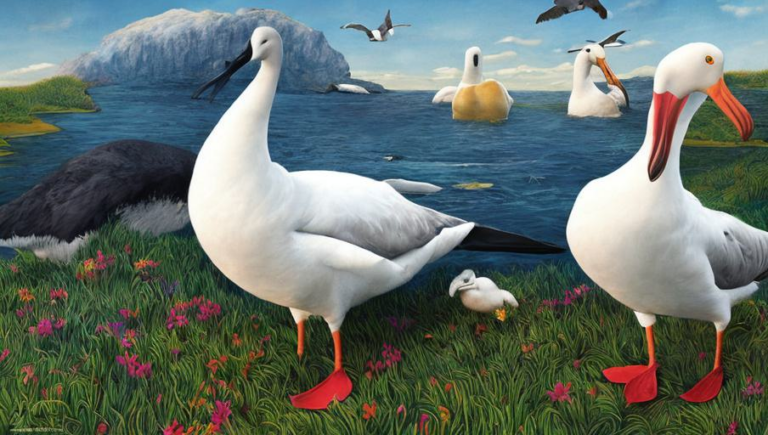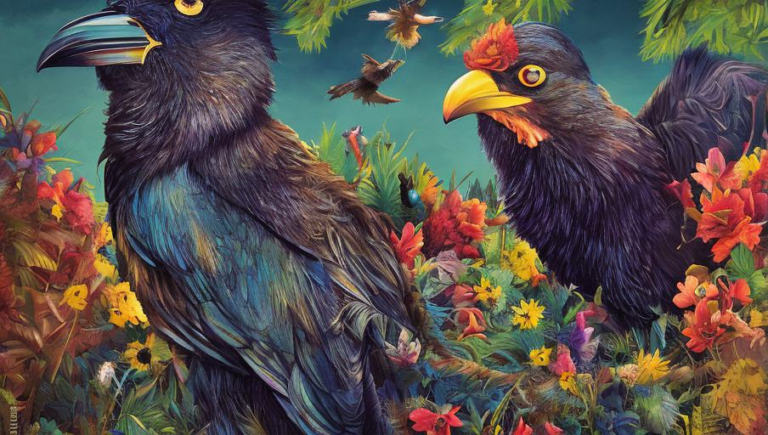Zooming Into the World of the Butterfly

The Beauty of the Butterfly
The beauty of the butterfly is undeniable. From its vibrant colors to its delicate wings, the butterfly is a sight to behold. But beyond its beauty, the butterfly is a fascinating creature that plays an important role in its environment.
Butterflies have evolved over time to become an important part of the food chain. They feed on nectar and other plant material, and in turn, provide sustenance for other animals. In addition, they help to pollinate plants, providing a crucial service for the environment. In turn, their presence helps to support plant populations, which in turn provides food for other animals.
The Lifecycle of a Butterfly
Butterflies have a unique lifecycle, starting as an egg, followed by a caterpillar stage and then a pupa stage before emerging as an adult butterfly. During the caterpillar stage, the caterpillar is in a state of transformation. It eats and grows, eventually shedding its skin as it enters the pupa stage. During the pupa stage, the butterfly undergoes metamorphosis and its wings begin to form. When it is ready, the butterfly will emerge as an adult and fly off to explore the world.
Habitats and Migration Patterns
Butterflies can be found in a variety of habitats, including forests, jungles, grasslands, and deserts. They also migrate in large numbers, travelling long distances to find food and mate. This type of migration is known as “mass migration” and can involve millions of butterflies travelling together.
In addition, some species of butterflies have adapted to live in urban environments and can be found in cities and towns. These species are known as “urban butterflies” and can help to provide a unique glimpse into the world of the butterfly.
Threats to Butterflies
Unfortunately, butterflies are threatened by a variety of factors, including climate change, habitat destruction, and pollution. As their habitats are destroyed or altered, butterflies are forced to adapt or are unable to survive. In addition, pollution can cause long-term damage to butterflies, as well as other species of animals and plants.
In order to protect butterflies, it is important to be aware of the threats they face and to take steps to protect their habitats. This can include planting native plants, reducing the amount of pesticides used, and limiting development in areas that are home to butterfly populations.
The Importance of Butterflies
Butterflies play an important role in their environment and provide important benefits to other species. As they feed on nectar and pollen, they help to pollinate plants, which in turn helps to support other animals. In addition, the presence of butterflies can help to create a more vibrant ecosystem and can be a source of beauty and wonder.
By taking steps to protect butterfly habitats, we can help to ensure that these beautiful creatures will continue to thrive for generations to come.





